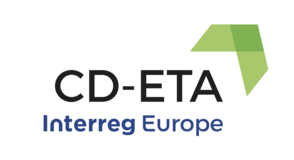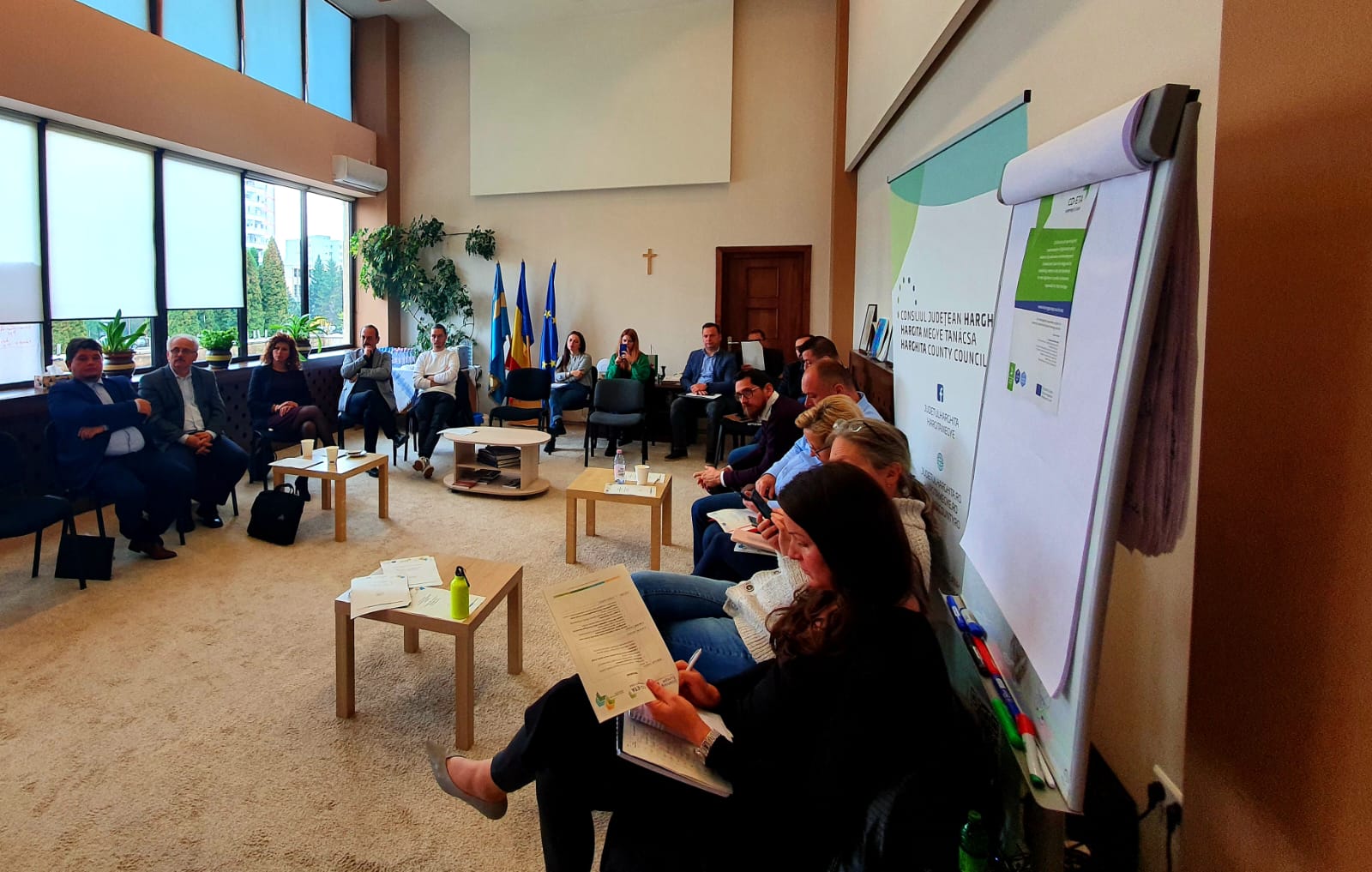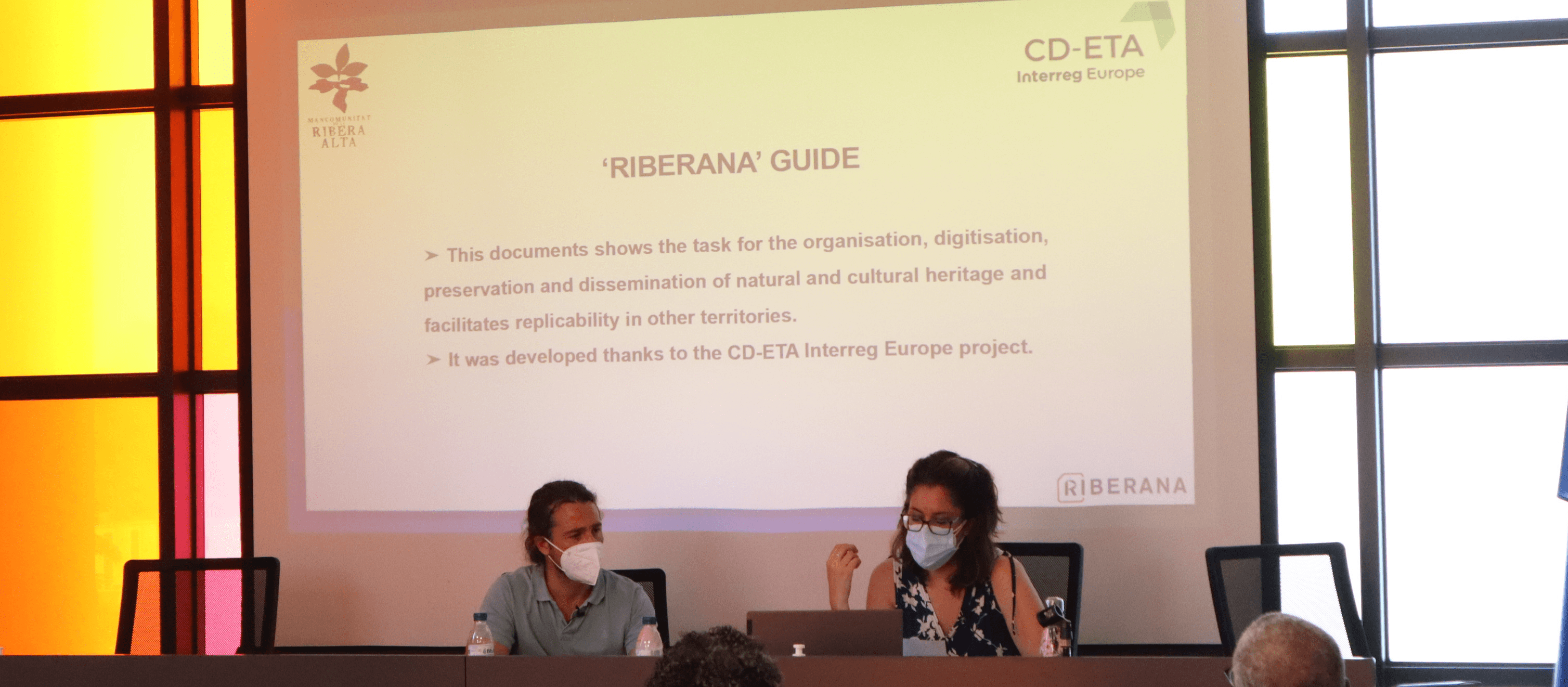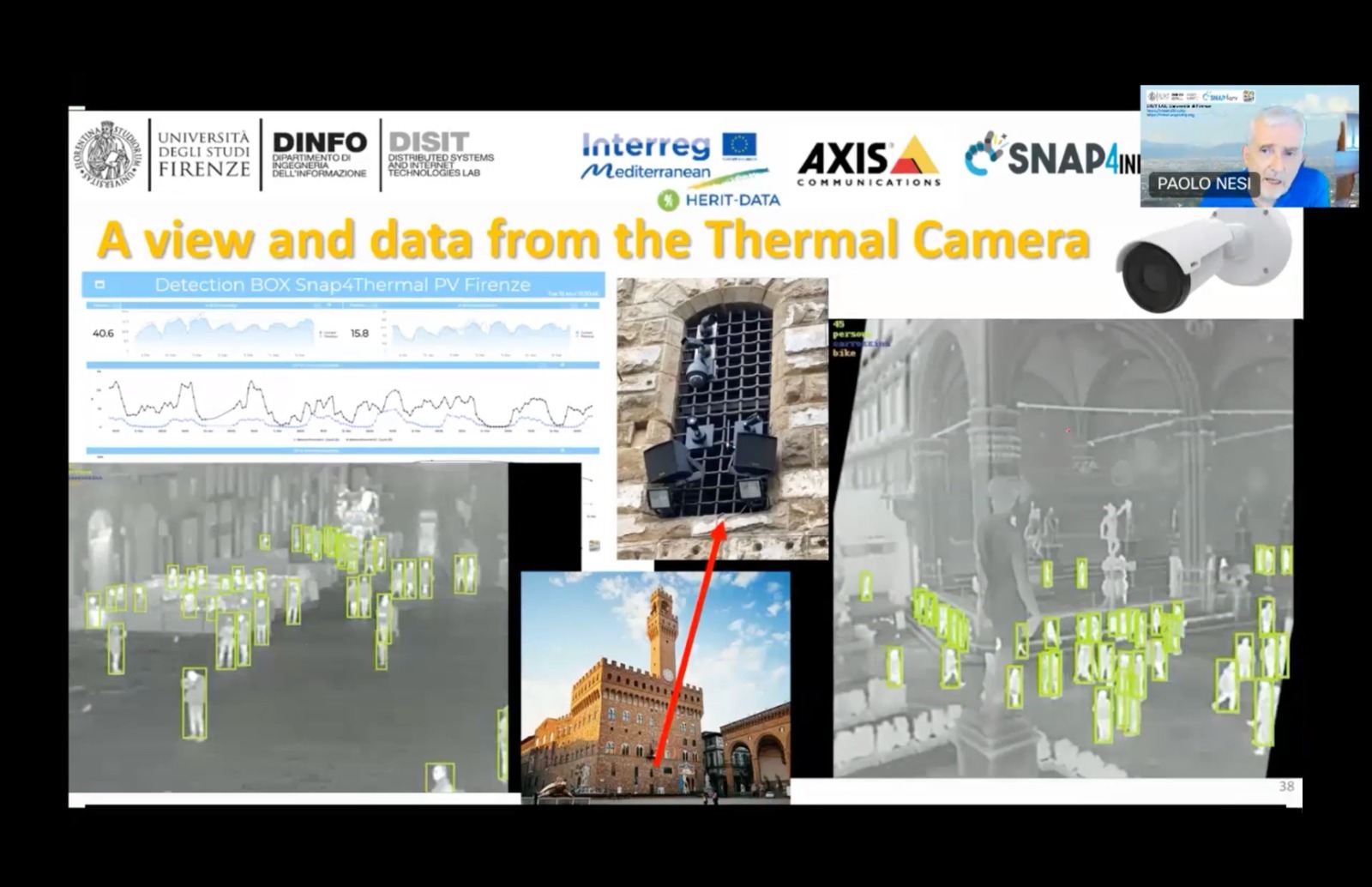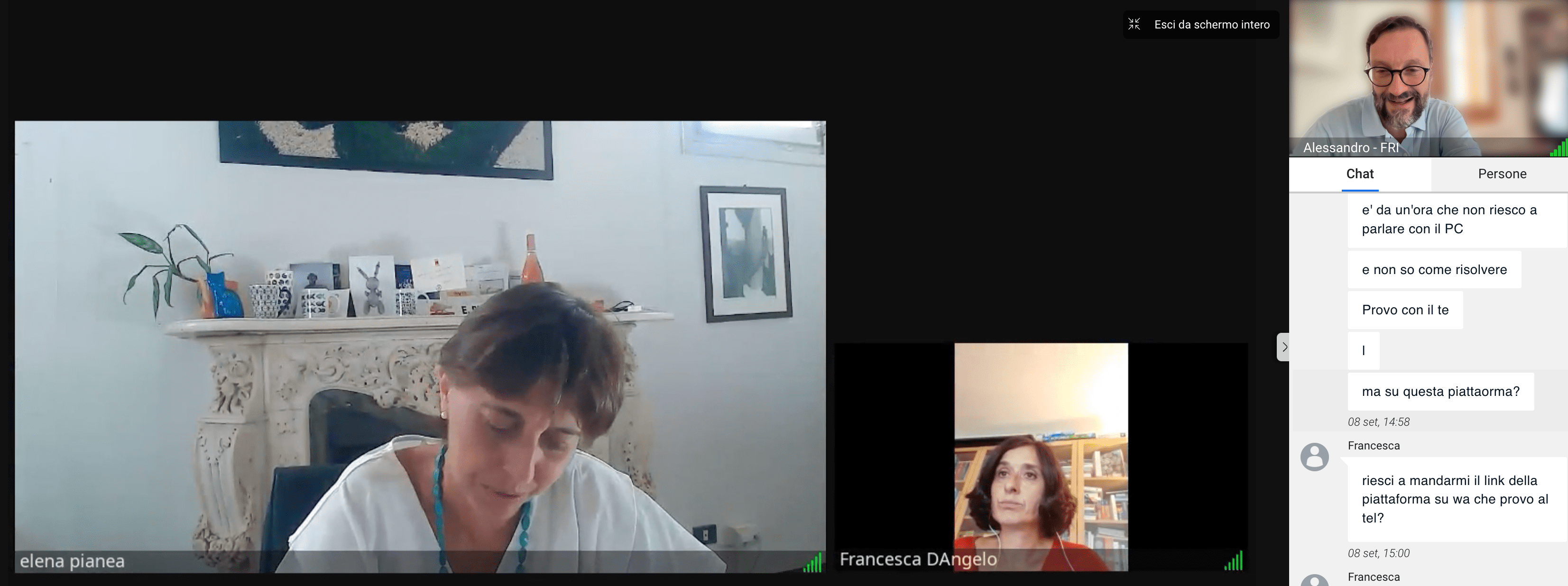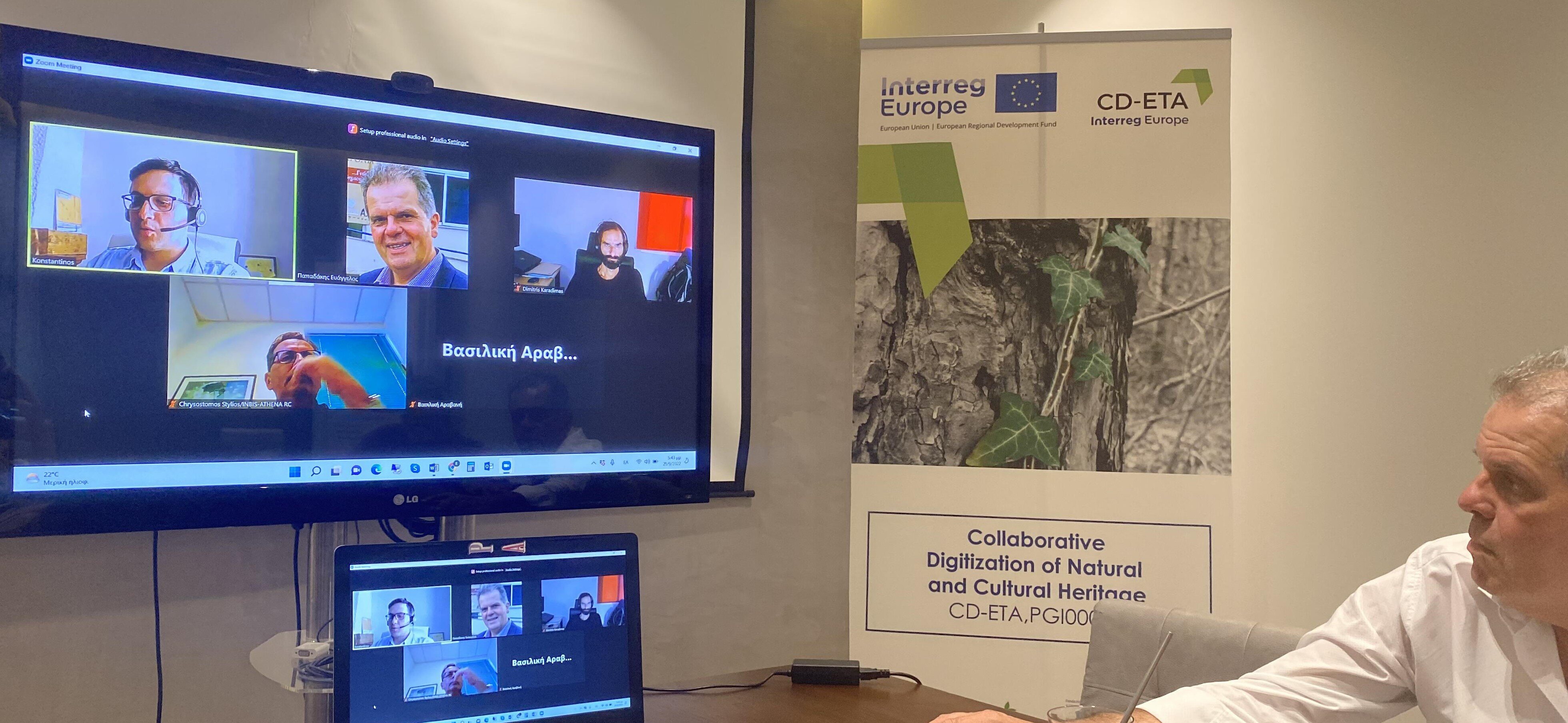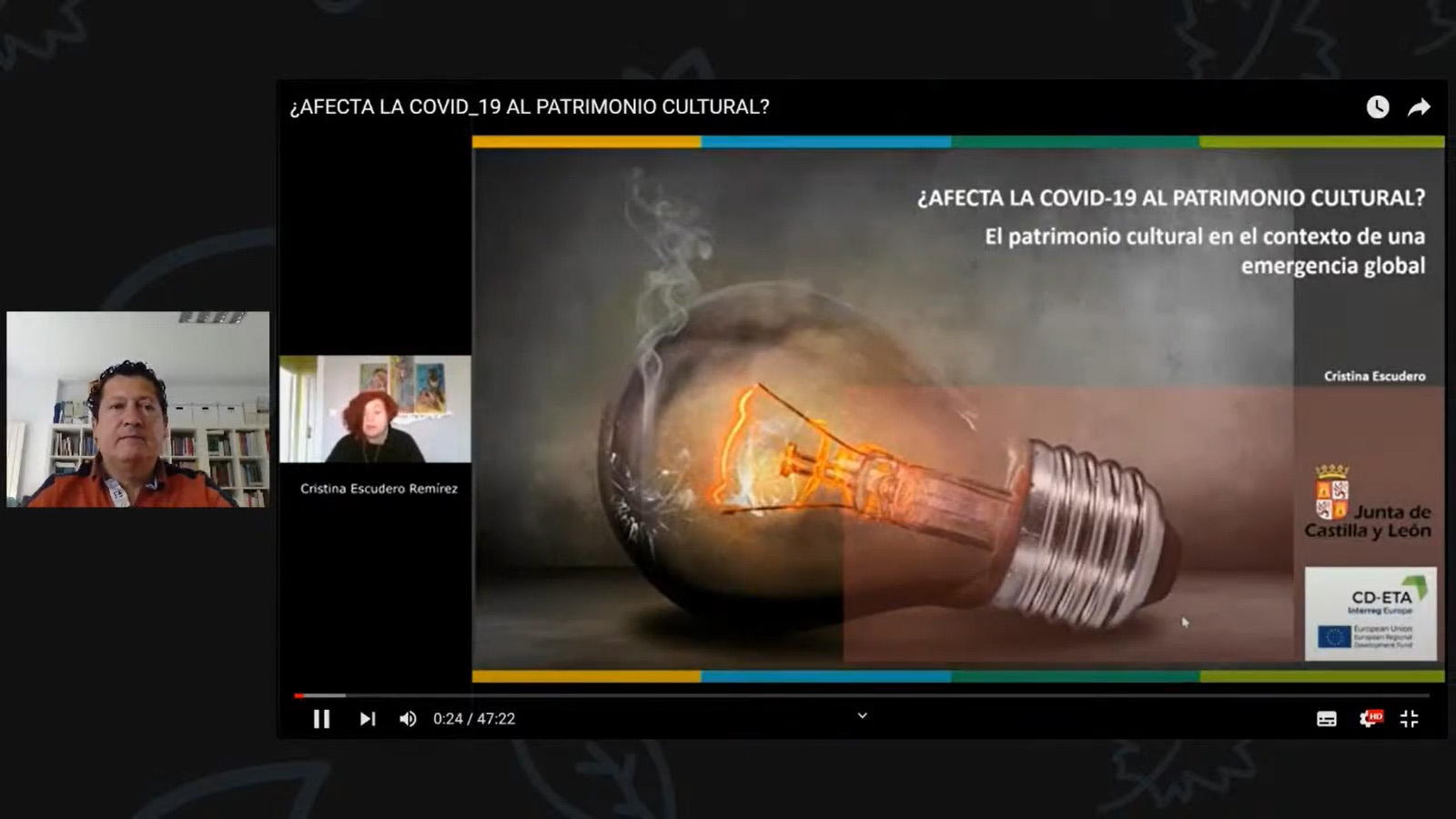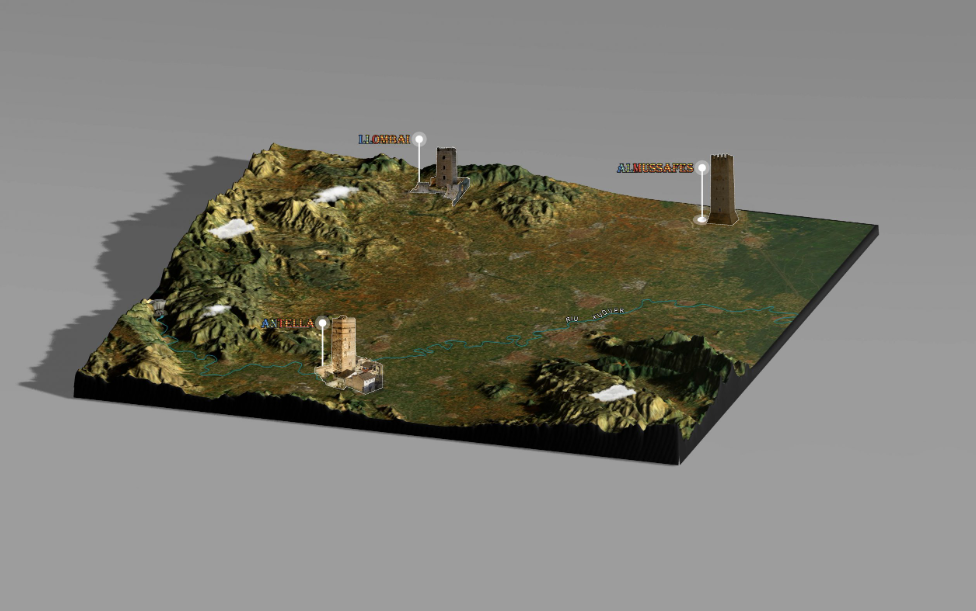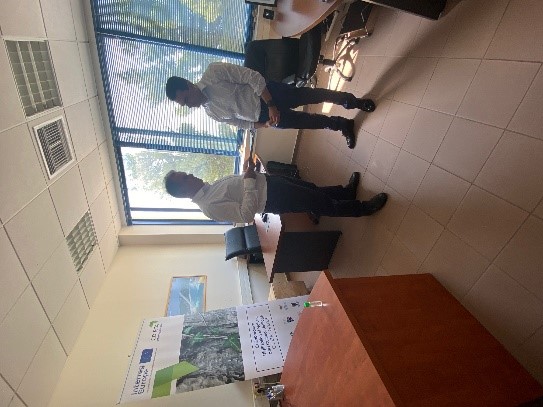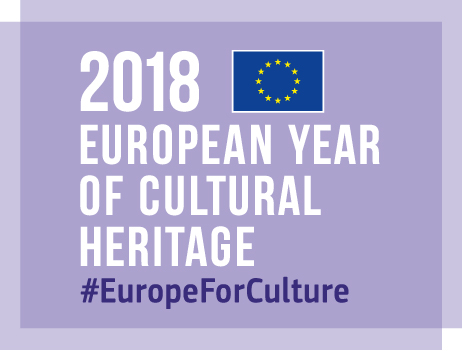Estonian War Museum General Laidoner Museum (EWM) and Foundation for Research and Innovation (FRI) are starting implenemtation of Pilot action "Adapting the 3D modelling best-practice from CD-ETA project to the Estonian situation".
During the eight thematic international seminars and national / regional stakeholder meetings of the INTERREG Europe CD-ETA project (https://www.interregeurope.eu/cd-eta/) in Phase 1 a lot of interesting and important information about the situation and best practices of digitization of natural and cultural heritage in the partner countries was revealed. The state of play varies from country to country: in some countries it is more common and wide-spread than in others and also the rationale for making heritage digital is different. This has also led to the adoption / leaving out certain methods and approaches of digitization in national / regional policy instruments. A lesson learnt also from the CD-ETA project is that not all best practices can be automatically transferred from one partner to another. The reason for that can be technical and technological, organizational and structural – but also financial. In some cases the introduction / piloting of acquired best practices is not possible as the relevant policies do not foresee such pilots and have not allocated funds respectively.
Although Estonia is well advanced in general ICT development and also in digitizing natural and cultural heritage artefacts in museums and memory institutions, certain approaches are not paid sufficient attention to. One of such is 3D modelling, that was introduced during the CD-ETA Phase I thematic seminar “Digitization of museums and galleries” in Italy (May 2017) by Roberto Scopigno from CNR-ISTI Visual Computing Lab. The presentation on the Digital Fabrication Techniques for Cultural Heritage best practice showed the different possibilities provided by 3D presenting and documenting. Artefacts made accessible through 3D could be used for promoting cultural and creative industries (film and gaming industry), tourism (replicas for commercial purposes) and also for academic purposes. Besides these possibilities, the foremost objective is to improve access and create copies of rare or deteriorated objects. 3D model is one of the most objective ways of documentation, as you do not make choices what to measure – you measure everything. For the CCI enterprises a simple 2D version (image, photo) is not sufficient and 3D solutions are sought for.
The 3D possibilities are used in Estonian museums and memory institutions only on a small scale. This hampers the effective cooperation between museums and memory institutions with creative and cultural industries (CCI), does not enable to fulfil the full economic potential of both sectors and thus does not contribute to the economic development and service export of Estonia.
There is a clear need to introduce a wider use of 3D modelling of cultural and natural heritage artefacts in museums and memory institutions, to train and influence the policy makers on the importance and possibilities offered by 3D and to improve the delivery of the policy instrument (see below).
The pilot action consists of four strands of activities:
• Adapting the 3D modelling best-practice from CD-ETA project to the Estonian situation,
• Develop 3D model test-cases (pilots) using artefacts in EWM collections,
• Training of Estonian stakeholders (museums and memory institutions) on 3D modelling and its possibilities in CCI
• Organising round-table discussions with policy makers, museums and memory institutions, CCI entrepreneurs etc. to influence the delivery of the policy instrument concerned.
As a result, 3D modelling will become more wide-spread in Estonian museums and memory institutions that will help to develop cooperation with CCI and thus contribute to achieving the aims and objectives of the policy instrument.
Main beneficiaries of the pilot action are following:
• Museums and memory institutions – enhanced knowledge about 3D modelling and its benefits for museological, educational, academic and entrepreneurial purposes;
• CCI entrepreneurs – improved possibilities for economic activities and growth using the 3D models of artefacts created in the museums and memory institutions;
• Policy making institutions – enhanced understanding of the positive connexion between 3D modelling, CCI and economic development and growth.
